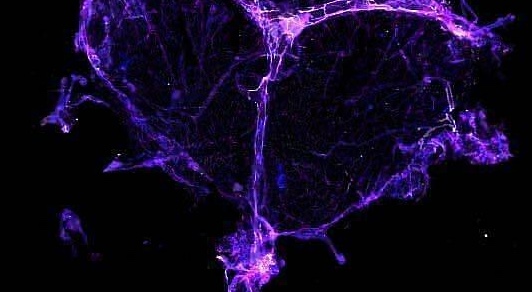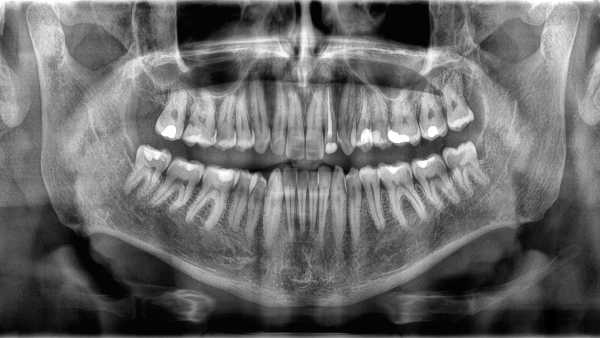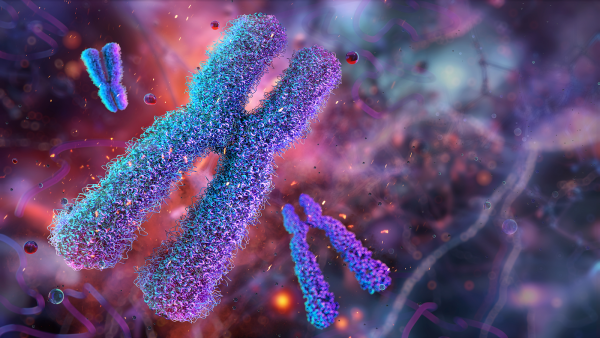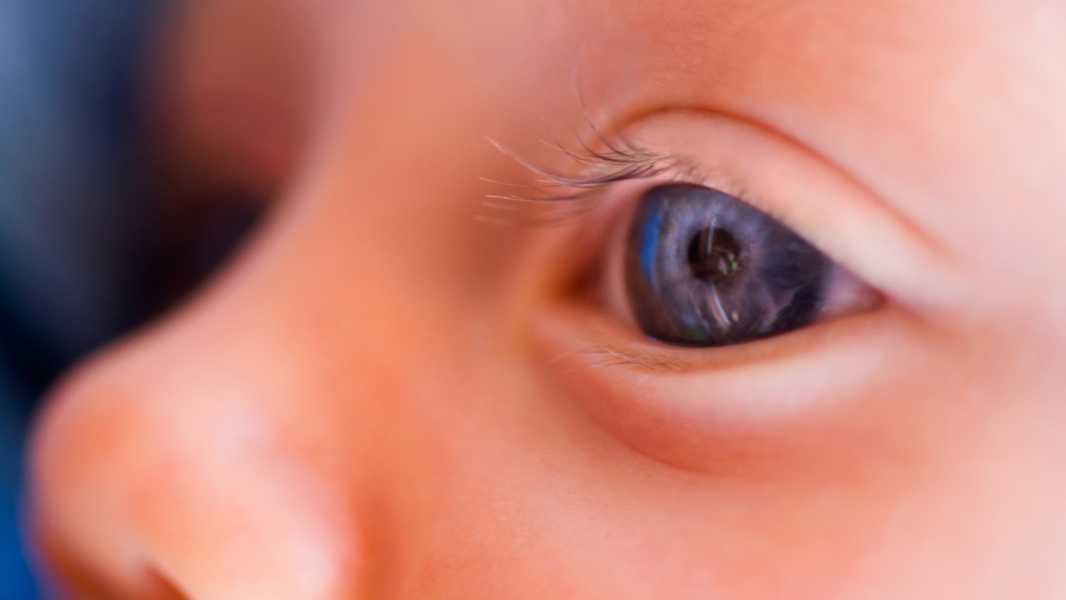
Patients with Norrie disease are either born blind or lose their vision within a few months of birth. (Image credit: Glasshouse Images via Getty Images)
Disease name: Norrie disease
Affected populations: Norrie disease is an extremely rare inherited genetic disorder that causes vision loss, first described in Denmark in 1927. The exact prevalence of Norrie disease in the population is unknown, but there are approximately 500 cases worldwide. The disease typically affects men, and when it occurs in women, the symptoms are usually less severe.
Causes: Norrie disease is caused by more than 100 different types of mutations in a gene known as Norrin cysteine knot growth factor (NDP). This gene codes for a protein called norrin, which is essential for cell and tissue development and likely plays an important role in protecting neurons in the retina, the light-sensitive tissue at the back of the eye. The protein is also involved in the formation of blood vessels in this area of the eye and in the inner ear.
The NDP gene is located on the X chromosome, also known as the female sex chromosome. (Females typically have two X chromosomes (XX), one of which is passed down from each parent, while males have one X and one Y (XY), with the latter being the male sex chromosome.)
ND is inherited in a recessive manner, meaning that to develop the condition, you must inherit two copies of the mutated NDP gene – one from each parent. However, since males usually only receive one X chromosome, if that chromosome contains the mutated gene, they will definitely develop the condition. Women, on the other hand, may be “protected” by having a second, normal copy of the gene on the other X chromosome. This likely explains why most patients with ND are male, and why women with the condition tend to have milder symptoms.
Symptoms: The main symptom of Norrie disease is vision loss. Due to mutations in the NDP gene, the retina does not form correctly and then detaches from the back of the eye, leading to complete blindness in both eyes. This usually occurs at birth or within a few months.
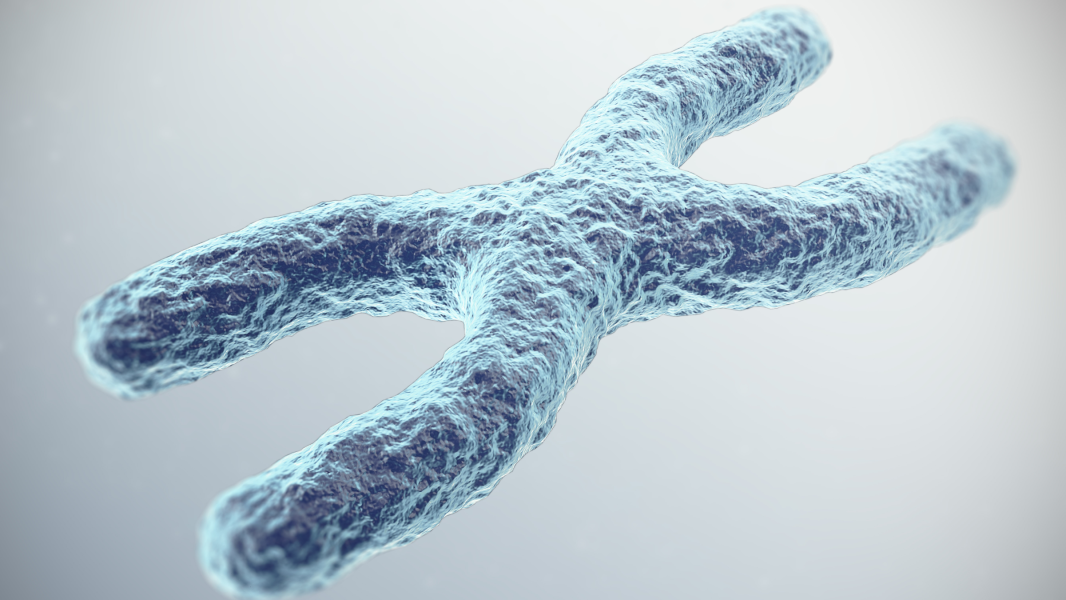
Norrie disease is caused by mutations in a gene located on the X chromosome.
An ophthalmologist may also notice other signs of the disease during an eye exam, such as dilated or white pupils, internal bleeding in the center of the eye, or clouding of the lens, known as cataracts. Some of these signs may be noticeable at birth, while others may develop over months or years.
In addition to vision loss, approximately 30% of people with Norrie disease also experience
Sourse: www.livescience.com


